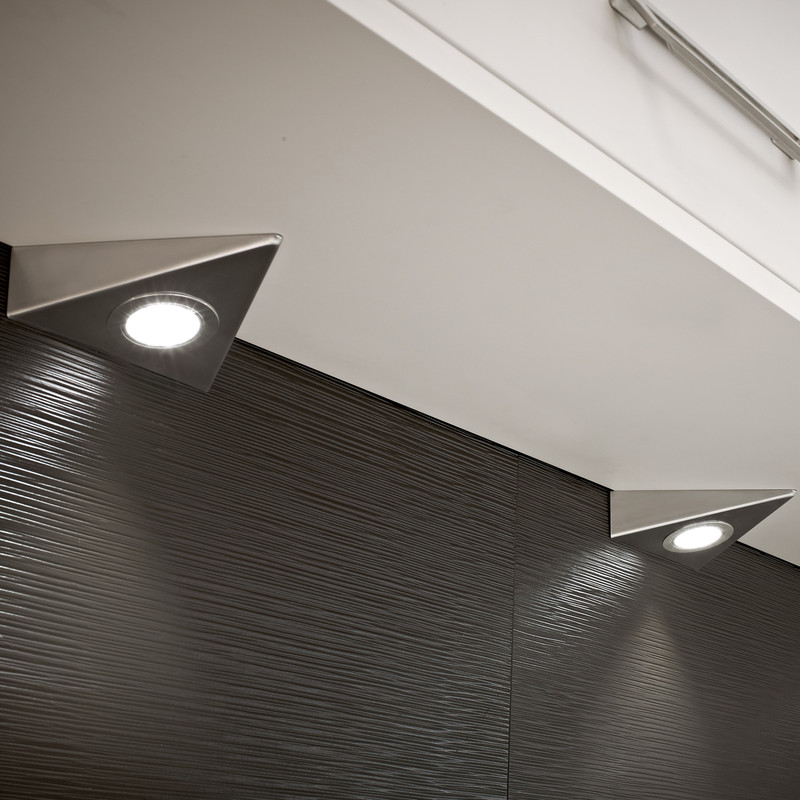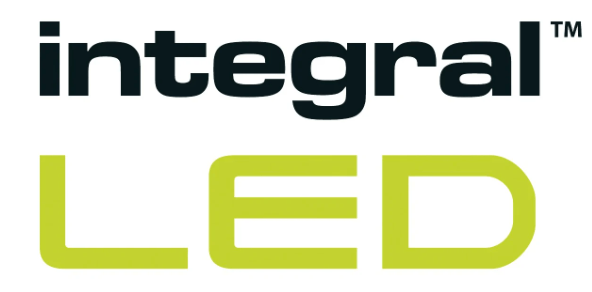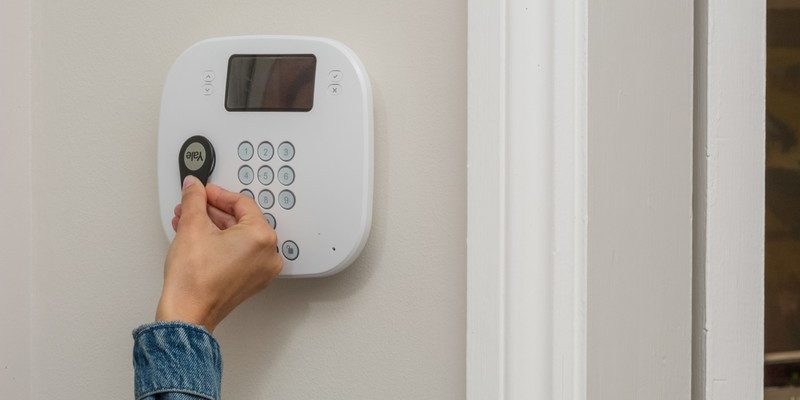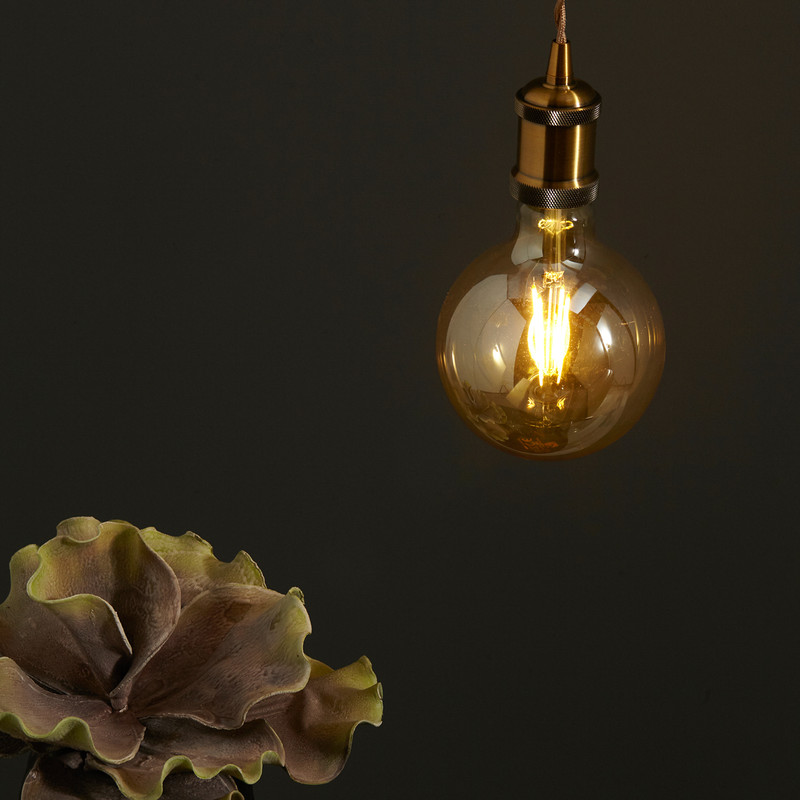Replacing a light bulb should be a fairly easy job, right? Whether you’re replacing a single bulb or fitting out a kitchen with new lighting, you’ll need to make sure you know your light bulb fitting types before you begin.
The cap type or base fitting not only conducts electricity to the light bulb, but also secures it into your light fixtures. Buy a bulb with the wrong cap or fitting, and it simply won’t fit into the fixture.
Light bulb fitting types are usually identified with a letter followed by a number. The letter generally refers to the type of fitting, and the number is the diameter in millimetres of the bottom of the cap itself (not including any pins). If there are pins on the bottom of the cap, the number usually refers to the distance between them.
Bayonet Bulbs
Bayonet cap bulbs use a twist and lock motion to secure into the fitting. They’re highly versatile and commonly used in residential properties, and are one of the most widely used types of fittings.
There are also micro bayonet caps (MBC) which are more commonly used in industrial environments, and Ba15d caps which are used in vehicles or mains voltage lamps.
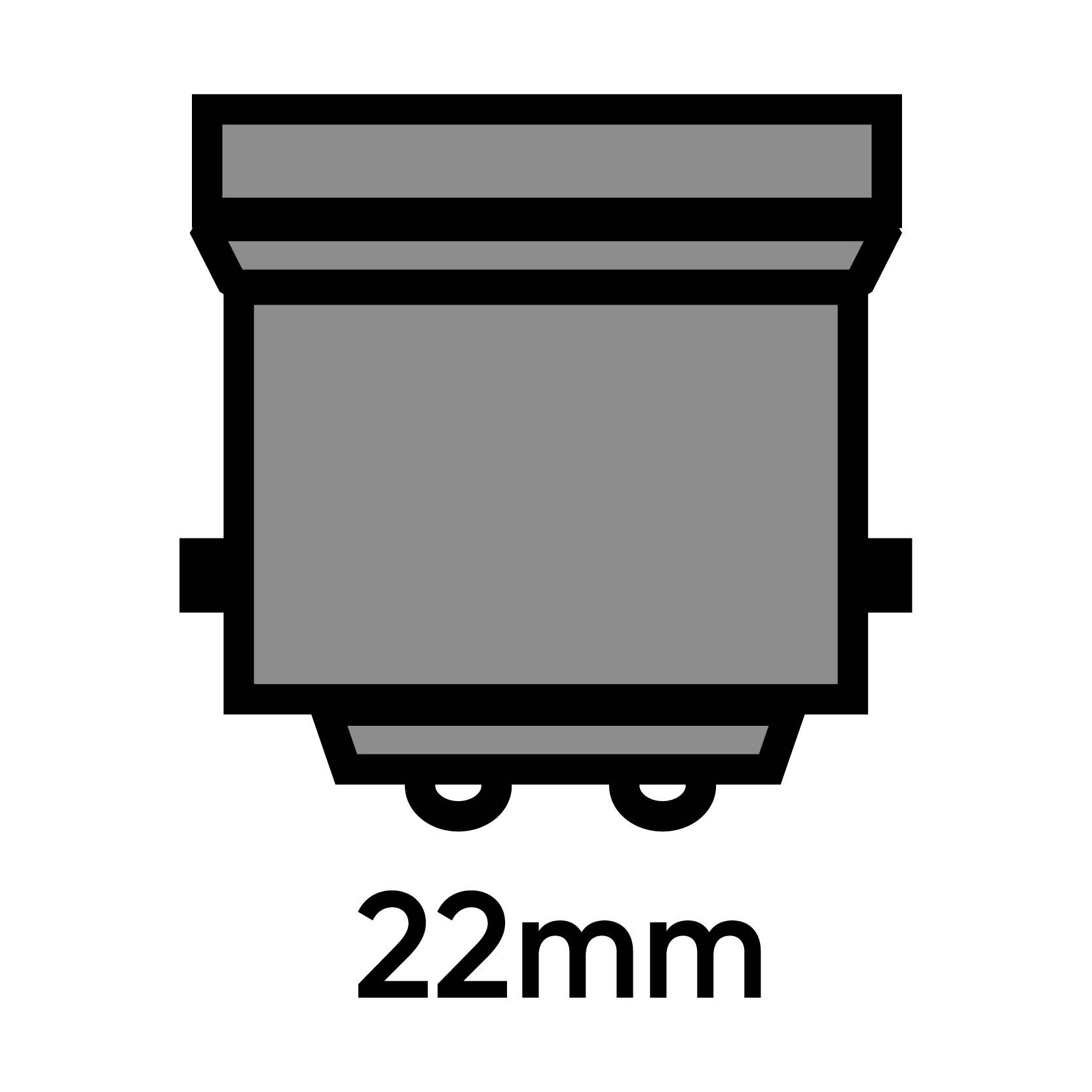
Bayonet Caps (BC)
-
Cap Fitting Code: B22d
-
Diameter: 22mm
-
Uses: Domestic environments, such as ceiling lights
Edison Caps
Edison Screw caps are commonly used around the home, but the smallest and largest varieties may also be used for industrial applications. Edison caps screw into a fixture for easy installation.
In general, the larger the cap the greater the wattage and heat that the bulb can withstand.
The main types of Edison Screw caps are the E27, and the Small Edison Screw (SES) which is also known as an E14 cap. These are 27mm and 14mm wide respectively.

Edison Screw (ES)
-
Cap Fitting Code: E27
-
Diameter: 27mm
-
Uses: Decorative lamps, chandeliers and feature lights
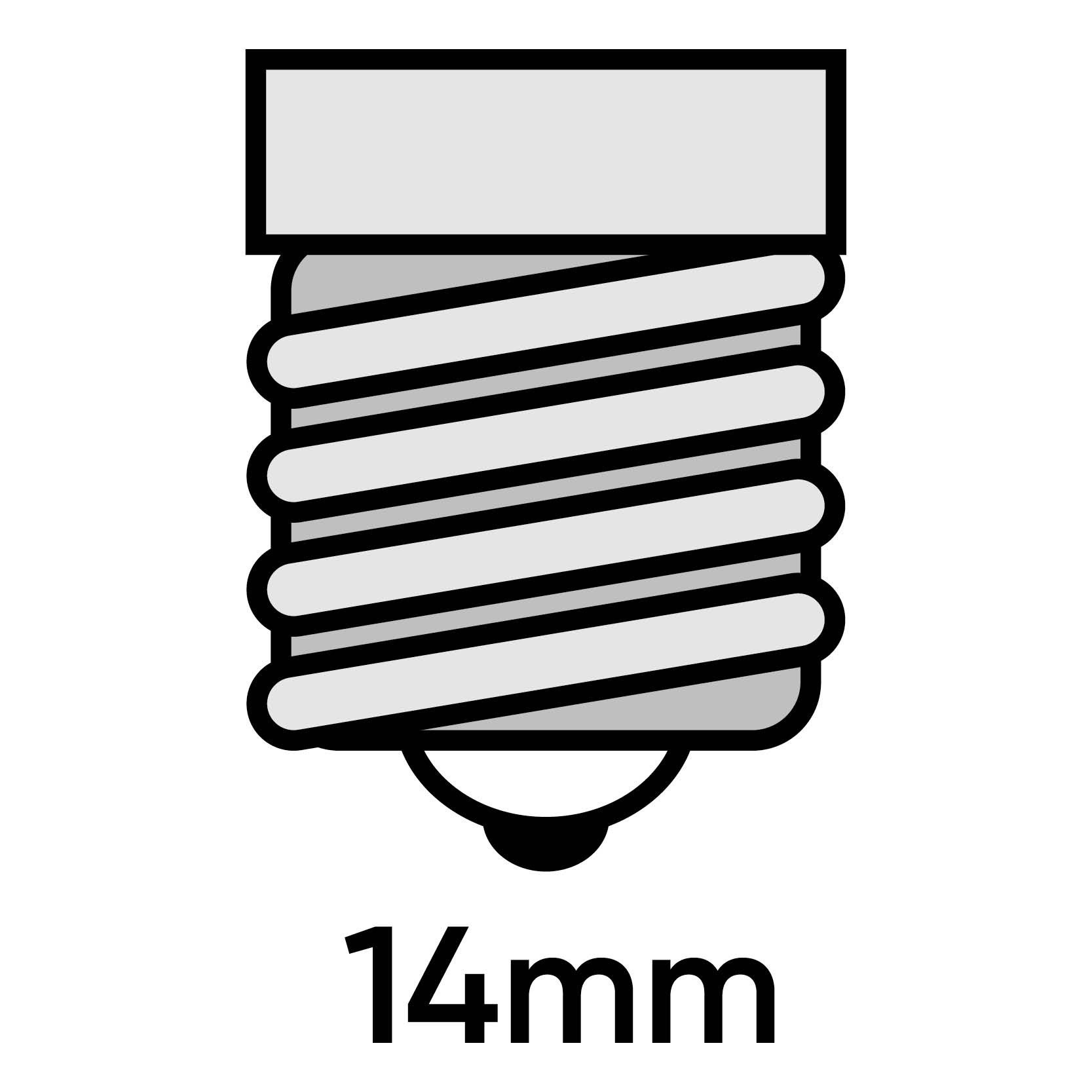
Small Edison Screw (SES)
-
Cap Fitting Code: E14
-
Diameter: 14mm
-
Uses: Small lights such as desk lamps
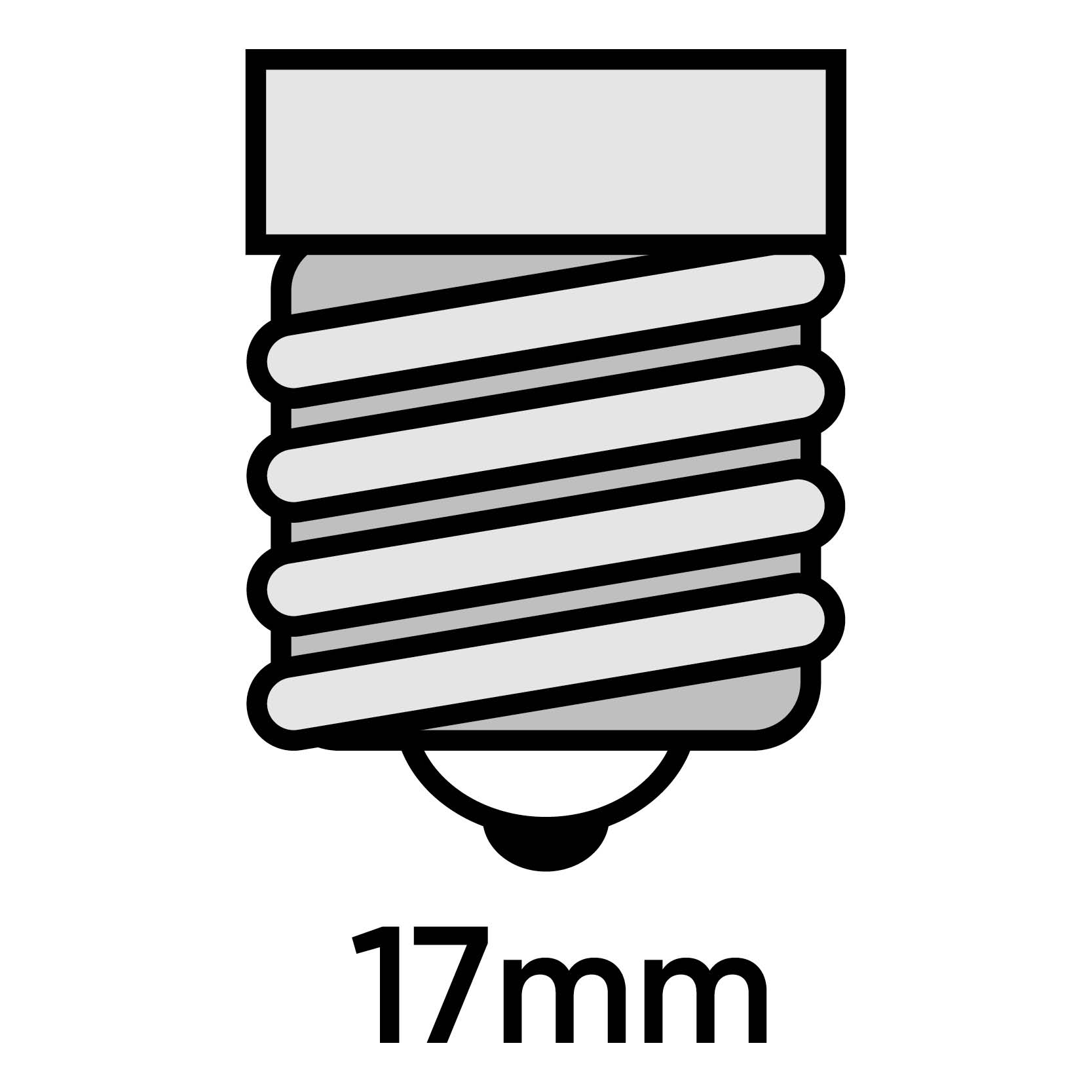
Intermediate Edison Screw (IES)
-
Cap Fitting Code: E17
-
Diameter: 17mm
-
Uses: Microwave lights
Halogen and LED Bulbs
G and GU fittings are used for different types of halogen and LED lights you find in your home or in a commercial setting – such as spotlights in a kitchen or bathroom. They connect through two pins on the base of the cap and use a push and twist mechanism to fit into the socket.
In the case of GU caps, the numbers represent the distance in millimetres between the two pins.
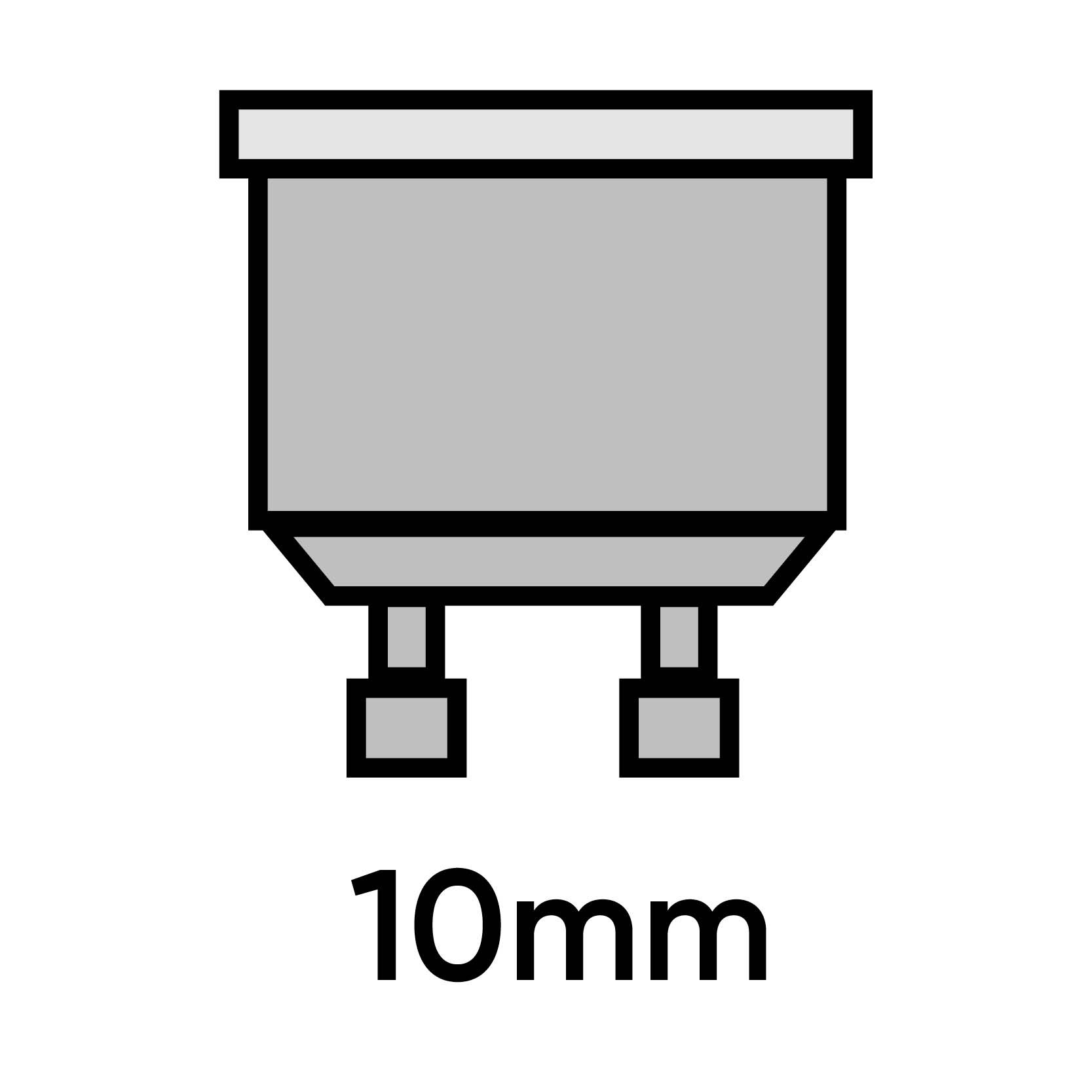
GU10 Caps
-
Cap Fitting Code: GU10
-
Distance between pins: 10mm
-
Uses: Downlights, such as the ones found in kitchen ceilings
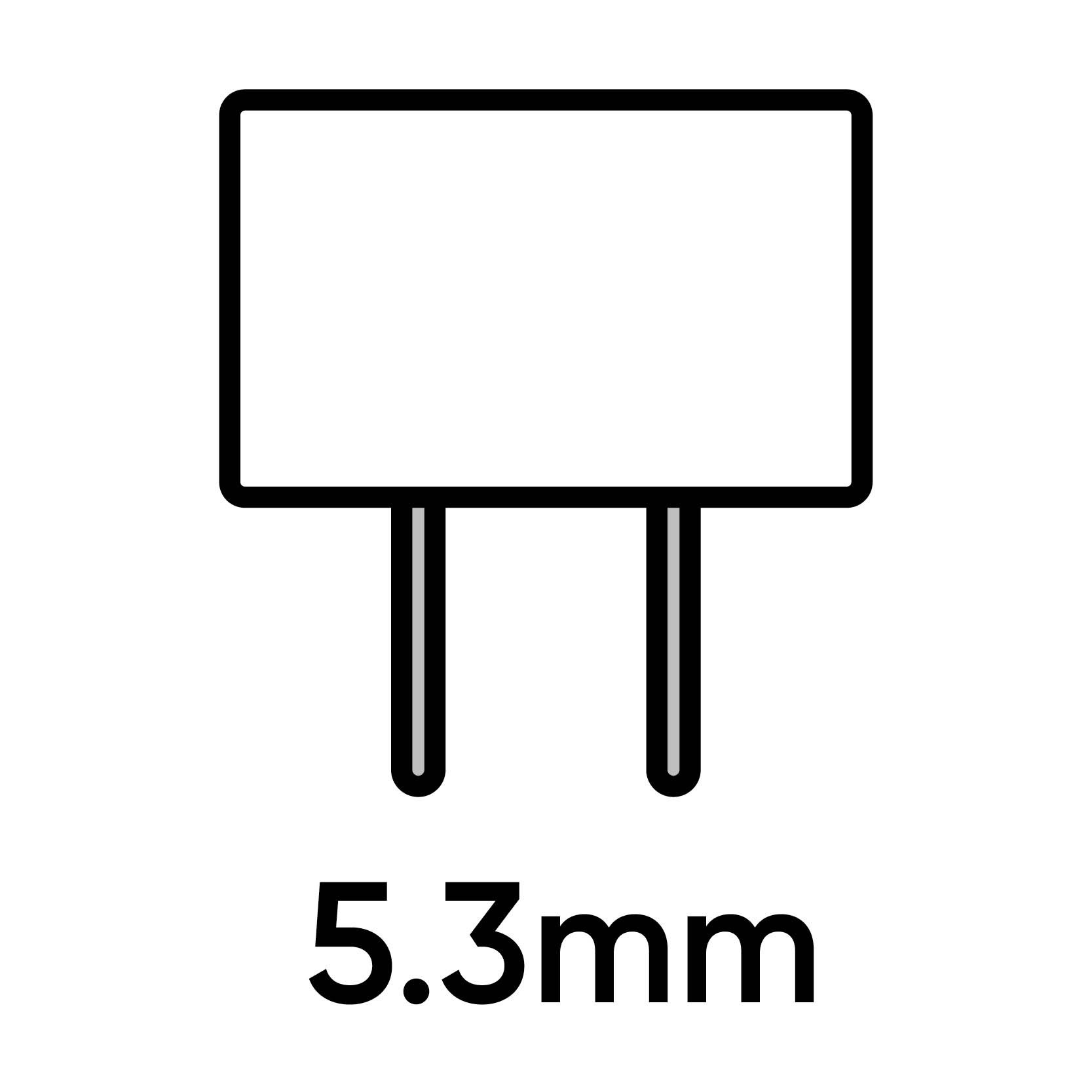
GU5.3 Caps
-
Cap Fitting Code: GU5.3
-
Distance between pins: 5.3mm
-
Uses: Spotlights, such as the ones found in kitchen ceilings
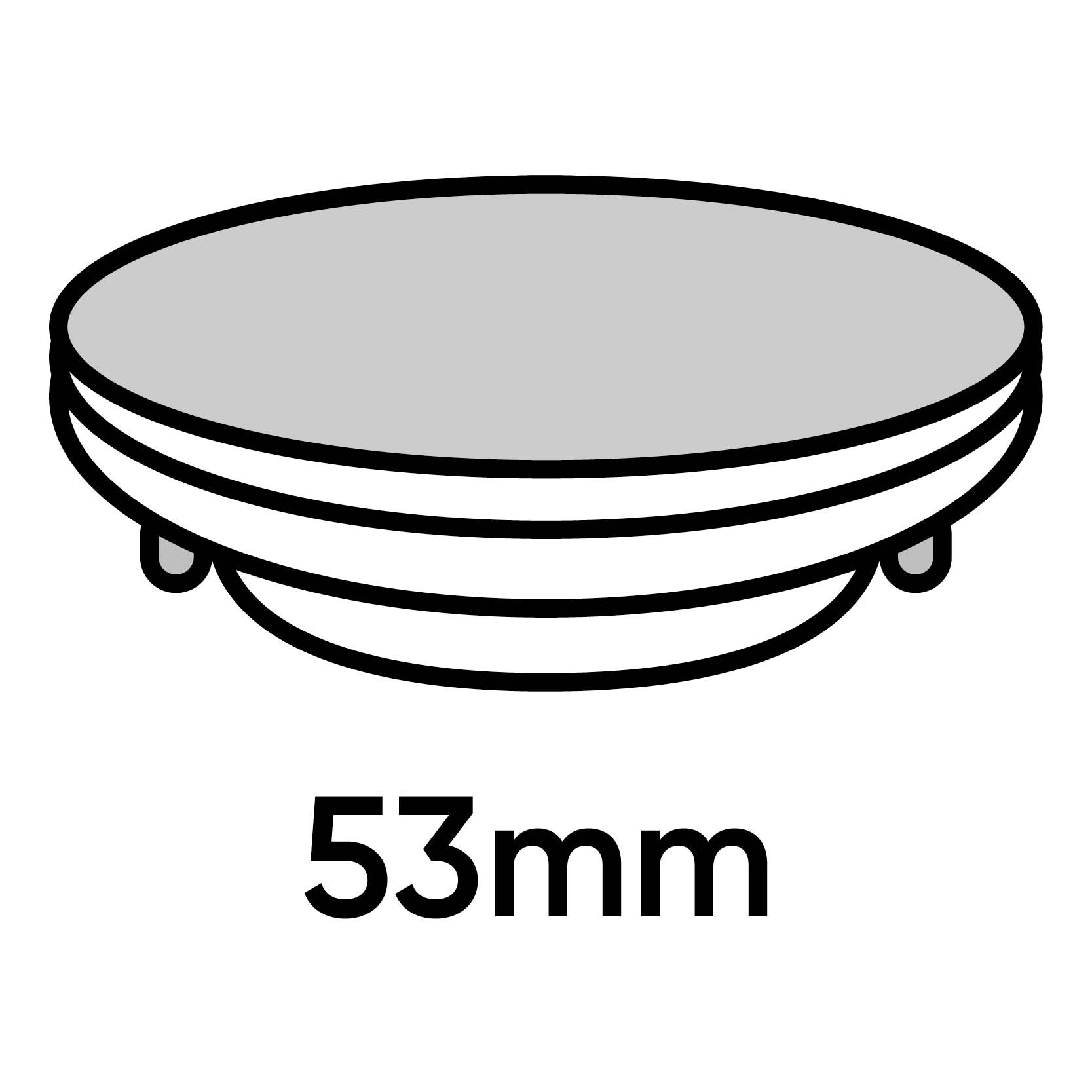
GX53 Caps
-
Cap Fitting Code: GX53
-
Distance between pins: 53mm
-
Uses: Cabinets or above work areas to offer concentrated light
Tube Caps
Tube caps are generally used in large commercial areas such as offices because they’re energy efficient and don’t produce much heat. They typically have two pins at either end to slot into the contacts in the light fitting to transfer electricity, unless they are called ‘mono pins’ – with just a single contact.
Tube caps also last a long time, are more cost-effective, and some have fly-killing properties. They are referred to as T caps followed by a number, but this number doesn’t usually represent the distance between the pins or size of the cap. Instead, you may see the cap referred to as a G cap followed by the distance between the pins – such as a G13 fitting.
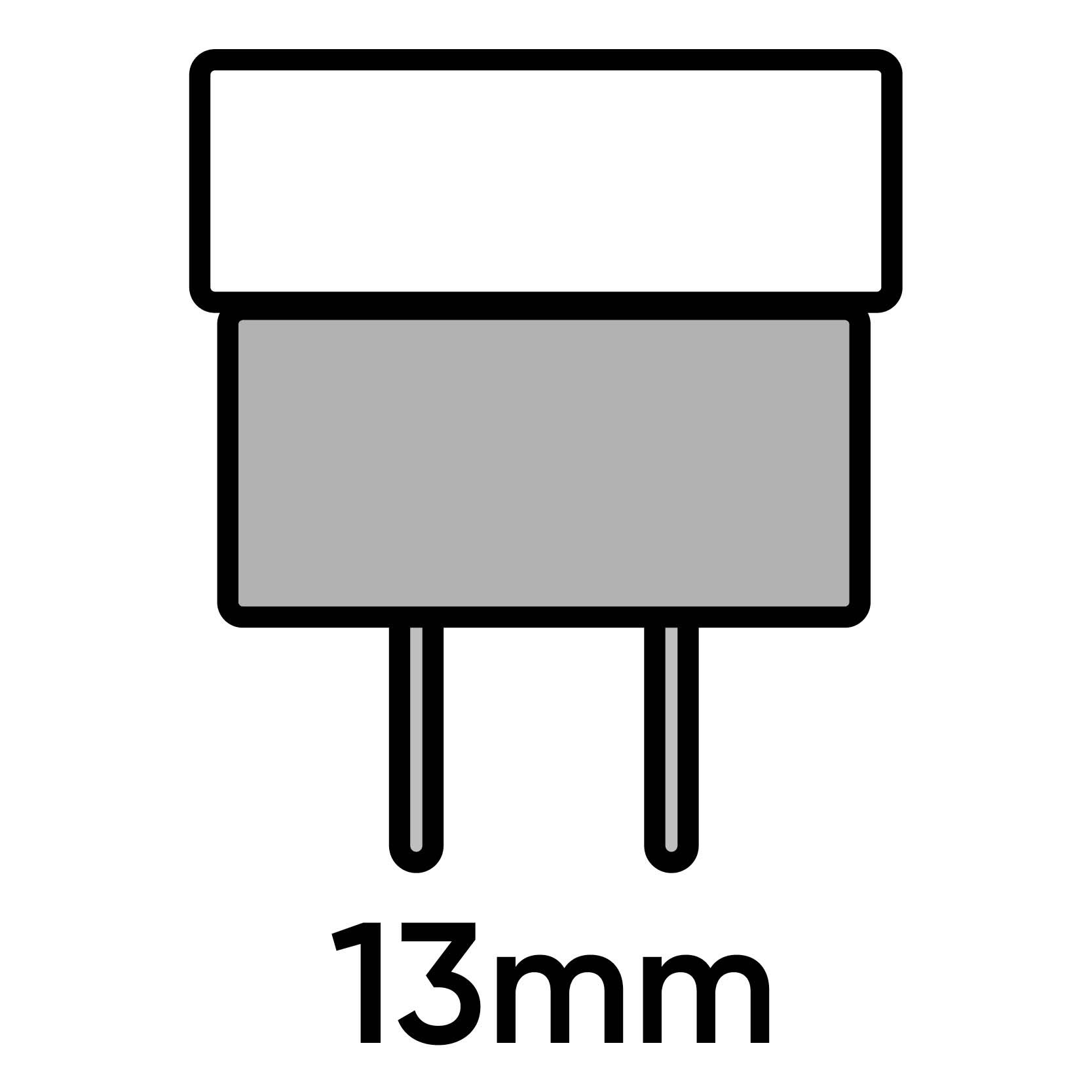
T8 Caps
-
Cap Fitting Code: G13
-
Distance between pins: 13mm
-
Uses: Office lighting
Architectural & Strip Light Caps
Architectural caps have either one main contact or two at either end, while strip lights always have two contacts at either end. Generally they’re used for picture lights or shaving mirrors.
You’ll find architectural and strip light caps in a small, bayonet style cap making for easy installation without the need for twisting which can be difficult in tight spaces with small bulbs. Strip and architectural lights are referred to as S caps followed by a number which represents the diameter of the base.
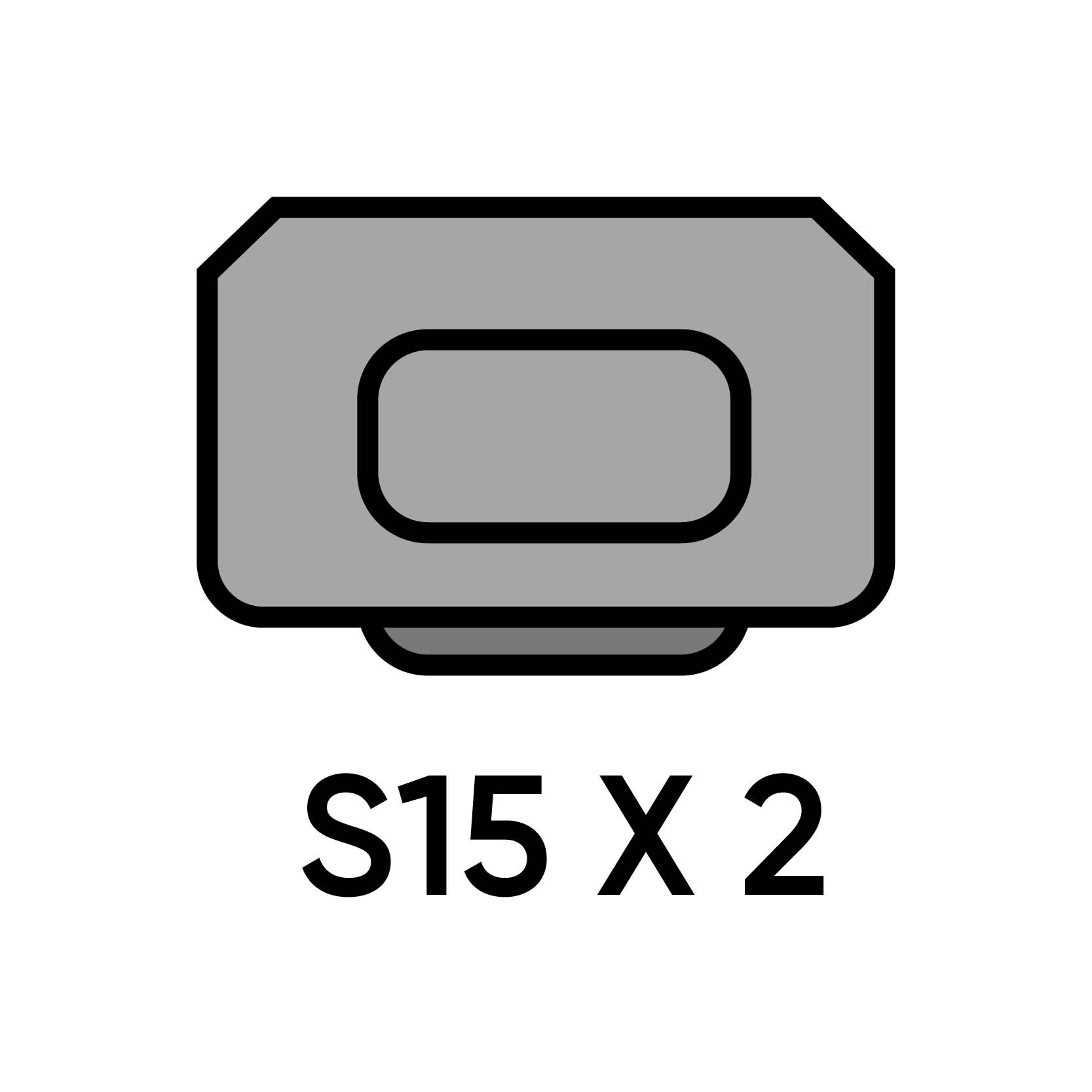
S15 Caps
-
Cap Fitting Code: S15
-
Diameter: 15mm
-
Uses: Strip lights, often on picture lights
Halogen Capsules
Halogen capsules are referred to as G caps followed by a number which represents the distance in millimetres between the two pins.
From September 2021, most halogen light bulbs started to be phased out because they are less environmentally friendly than LED alternatives – the ones that remain are generally the lower-voltage decorative bulbs which have less of a negative environment impact.
They’re mainly used in domestic environments, spotlights and lamps. They’re generally found in halogen adaptors where you have an adaptor base, the replaceable capsule, and a decorative cover. You may find halogen capsules in small, decorative lights such as Christmas lights.
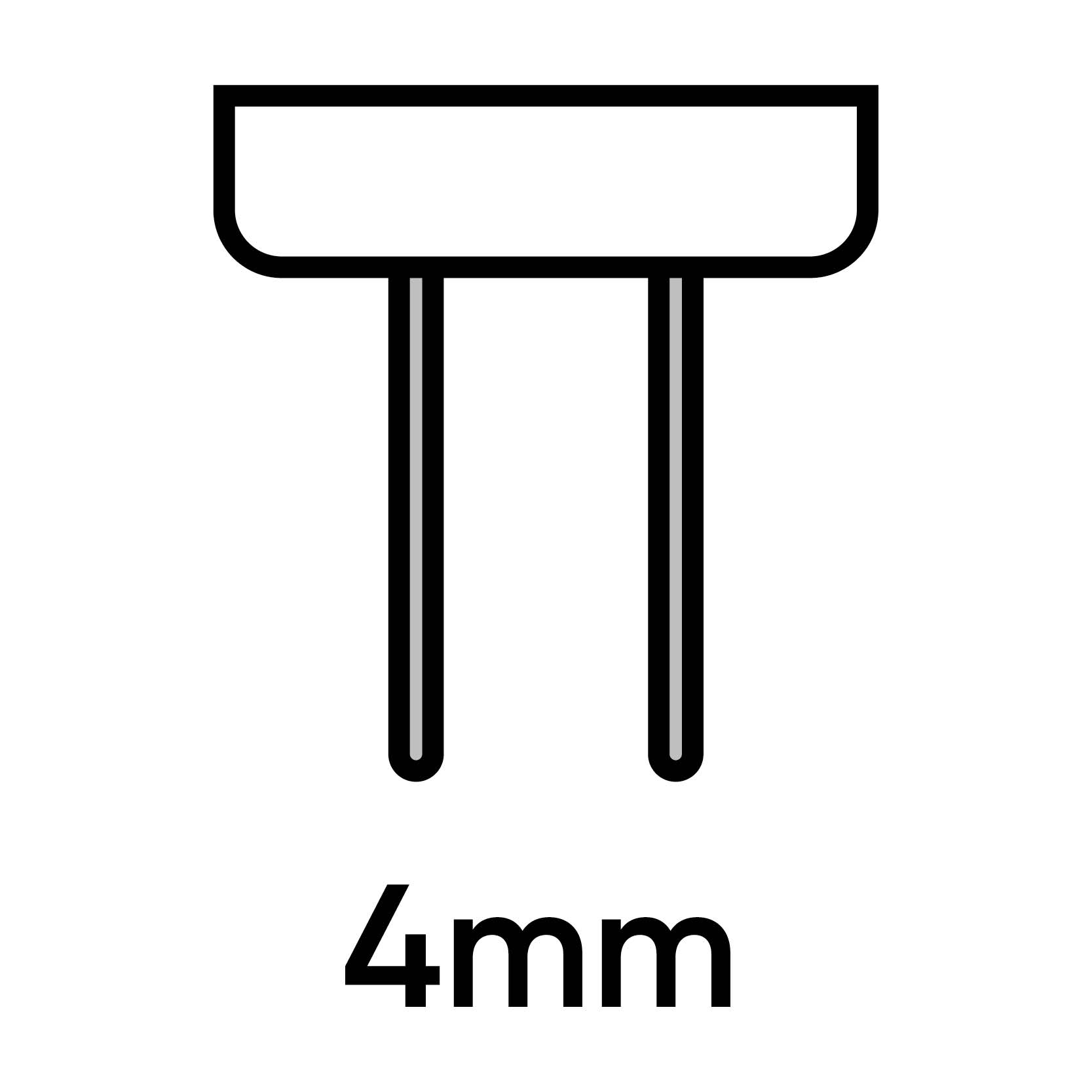
G4 Caps
-
Cap Fitting Code: G4
-
Distance between pins: 4mm
-
Uses: Low voltage display applications, such as fairy lights
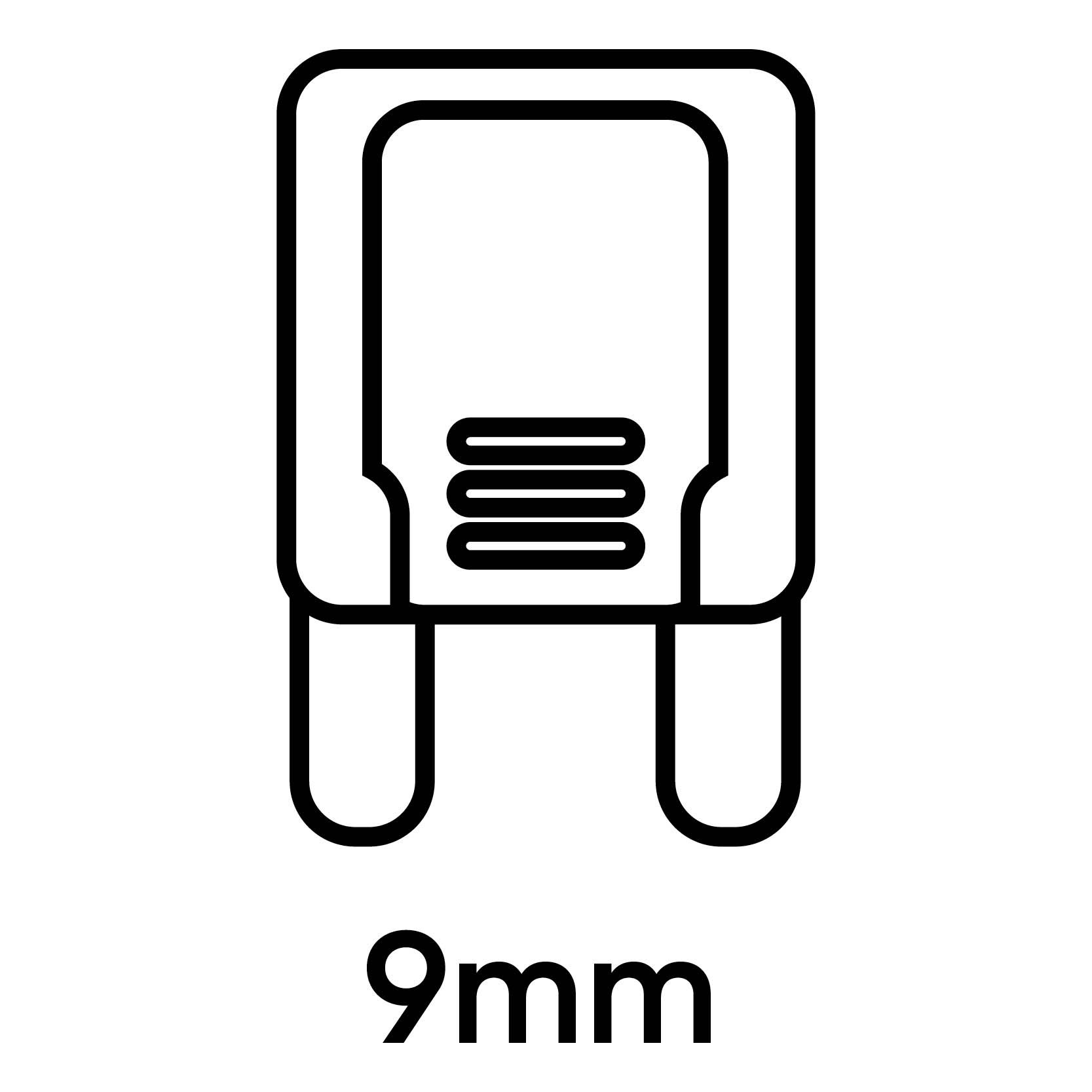
G9 Caps
-
Cap Fitting Code: G9
-
Distance between pins: 9mm
-
Uses: 240v mains powered desk lighting
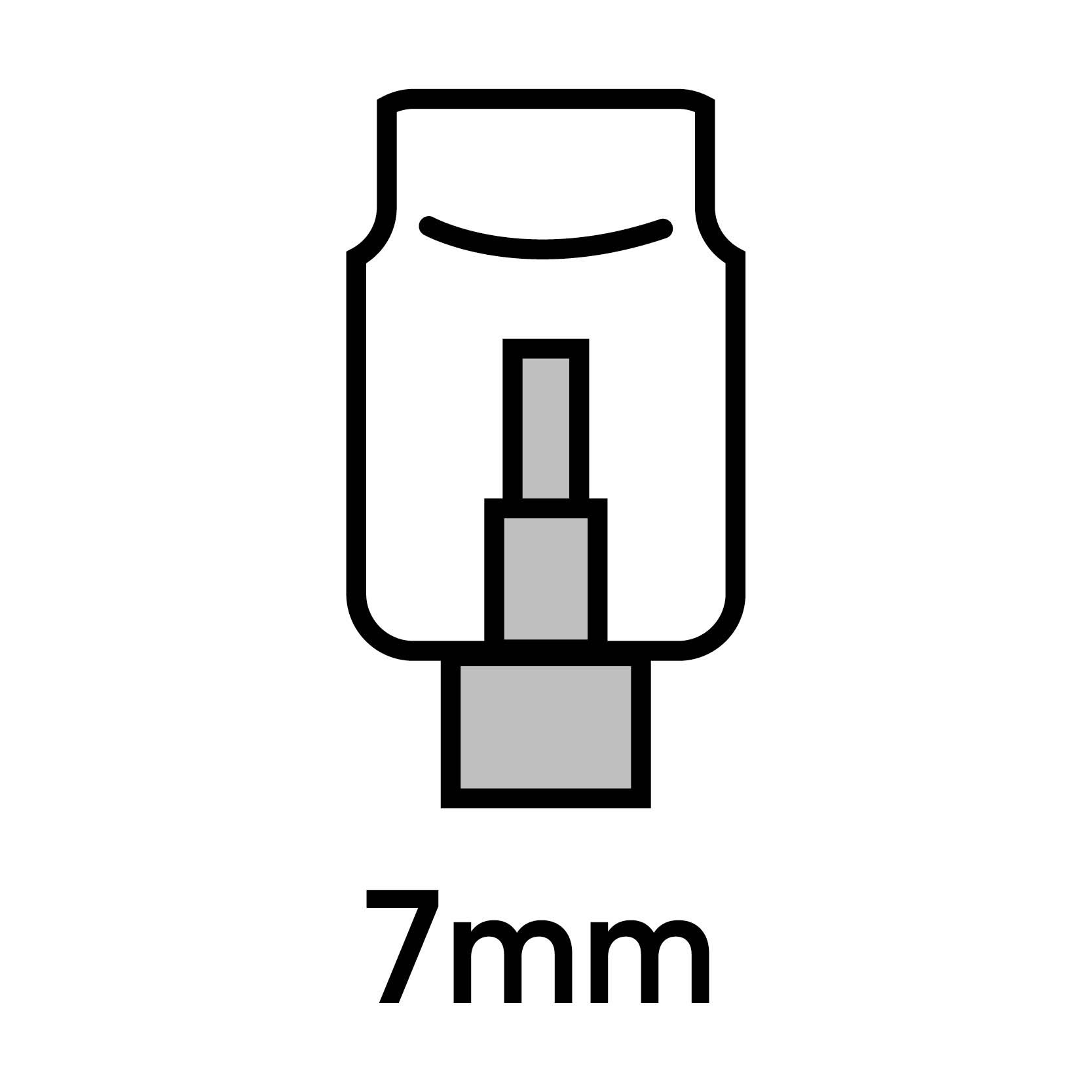
R7s Caps
-
Cap Fitting Code: R7s
-
Distance between pins: 7mm
-
Uses: Floodlights, such as in the garden

